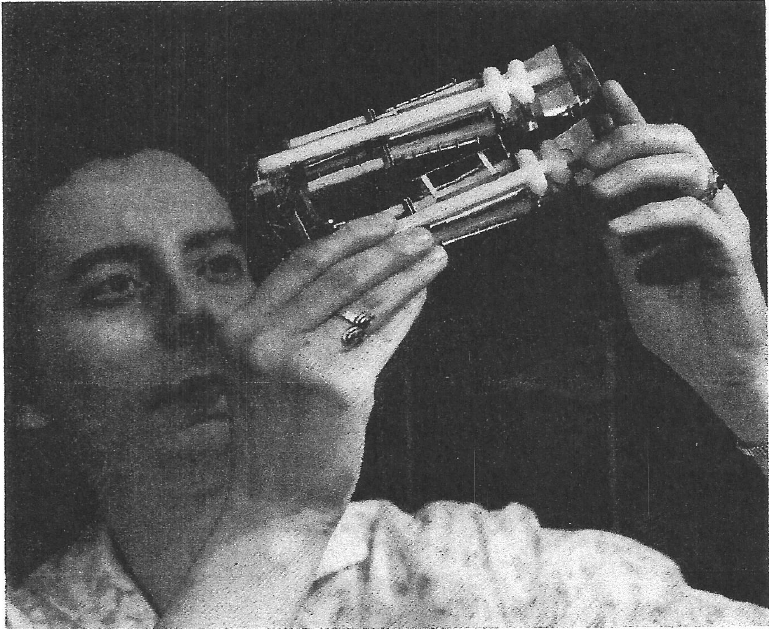

By Aliza Scott
Coming up this Saturday, June 23, 2018 is the fourth International Women in Engineering Day (INWED), a day to celebrate the many accomplishments of women in engineering worldwide. The day was created in 2014 by the Women’s Engineering Society (WES) to mark its 95th anniversary. Women have brought their curiosity and initiative to this field for more than 100 years, and we’ve had a big impact.
This important event got us to thinking about some of our women engineers and what they’ve brought to the world in the form of inventions and collaboration on world-changing technology we are helping our customers deliver. As detailed in the press release we issued about the event, we’re celebrating the life and contributions of Connie Wilson, an engineer for Tektronix from 1957 to 1974. In her honor, Tektronix will be establishing the annual “Connie Wilson Award” to recognize those within Tektronix who #RaiseTheBar in engineering. Connie’s uniqueness came from her innate curiosity and a willingness to embrace new opportunities with drive and determination – traits we honor and celebrate at Tektronix.
Connie truly embodied the values of women in engineering. But she had a big hill to climb in that she came to the field with no engineering degree nor even a bachelor’s degree in any subject. But in 1964 she helped build the Model 545-B and 547 oscilloscopes that became industry standards, doing battle for market share with Hewlett-Packard and its then-marquee product the 175-A. The Tek scopes had illuminated internal CRT graticules and 50 MHz bandwidth, along with the best spot size of any oscilloscope CRT, according to Peter A. Keller in his book “The Cathode-Ray Tube: Technology, History and Applications.”
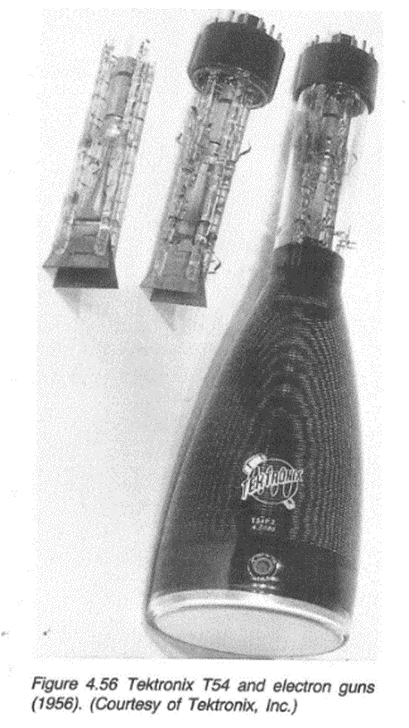
How Connie Wilson got to that point is a testament to her will and resolve. Connie, who grew up in Portland, had planned to get a biology degree at Portland State College (now PSU) and work as a laboratory technician. This was in the early 1950s. She lived at home and worked nights and weekends to pay for her education. But just as she was about to finish up, her parents moved to Missouri. With no place to live, she quit school and went to work. After working other jobs for a couple of years, in 1957 she landed a job at Tektronix’ CRT Production’s Gun Fabrication group.
Here was a woman who had studied human physiology, not physics and electrical systems. But she saw an opportunity and took it. She was a fast learner and within six months, she was transferred to what became CRT Engineering as a technician. Not long after, her supervisor promoted her to project leader of the group that designed CRTs. Reporting to her were three engineers and two technicians.
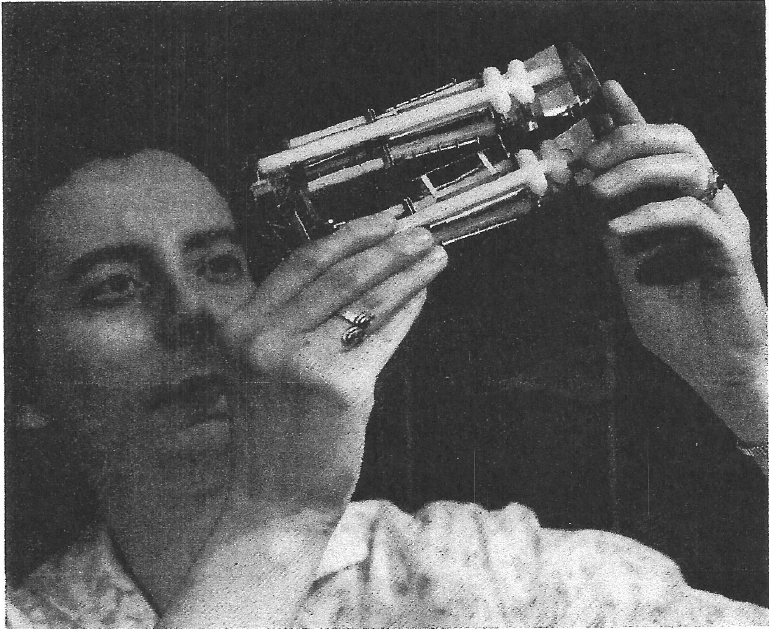
While she worked hard to learn, she had support too. Tek management recognized and rewarded her efforts. In an article I read about her in a Tek Talk newsletter from 1966, she credited her supervisors’ generosity for allowing her to try something she hadn’t been trained for or done before. “I learned it all right here,” she said.
Her passion for learning served her well. The article said engineering was a specialized field, but “designing cathode-ray tubes (critical components of oscilloscopes) is even more specialized: no colleges graduate students as tube engineers. It has to be learned through curiosity, and experience on the job.”
Connie Wilson had curiosity in abundance. She studied CRTs – how they work, what they could be used for and how to make them better and better. She designed the 547 tube for the 540 series, the 529 for a television waveform monitor and the 556 for a dual-beam oscilloscope.
Relaxing at the end of the day wasn’t in her make-up, it seems. After work (what the article called her “spare time”) she was the manufacturer for Medical Instruments, Inc., which “makes Shipps Automatic Injector for X-ray equipment.” She built the electronic parts for the Injector.
Amazing Athlete, Strong Community Connections
She did find time to leave the lab and swim laps. And there, too, she was a winner. She helped build the Oregon Master’s Swimming organization, including serving on the Oregon LMSC (Local Masters Swimming Committee) and national-level committees. She won a silver medal in the 50-meter backstroke after cancer surgery in 1985 and was part of the winning Oregon relay event. She was preparing for nationals in Portland when she died of cancer in 1986.
When we reached out to the Oregon swimming community to learn more about Connie, they mentioned the pivotal role she played in fostering interest in master’s swimming programs and events. They remembered her fondly. As did her colleagues at Tek.
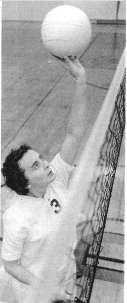
When she left Tektronix in 1974 to coach volleyball at Clackamas Community College and run the trailer park she had bought, Connie was honored at her going away party with a gold-plated gun routing jib from her colleagues in the CRT Engineering division. She’d given the gun to the Tube Lab “in case they might have some use for it.” Her team polished it, plated it and gave back it to her. It was a memento to an engineer who thrived in her field and a testament to the people who encouraged her.
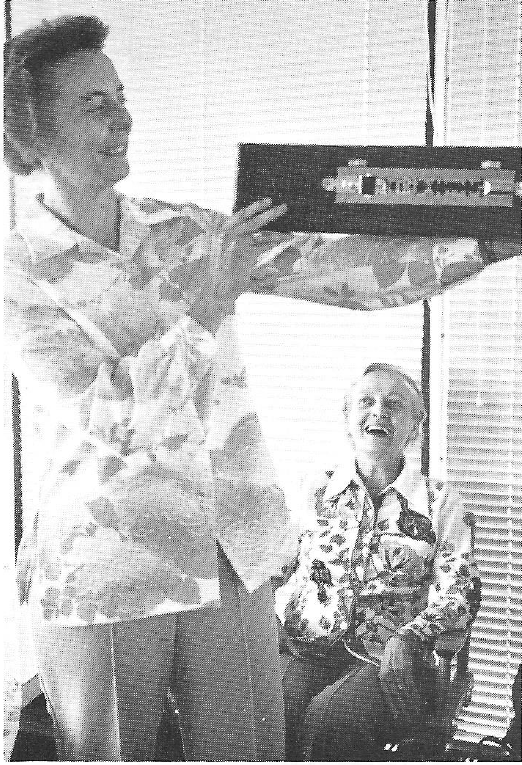
Connie Wilson embodied the Tektronix philosophy statement from February 1962 that I think is a perfect way to mark this occasion: “If we draw our strength from the uniqueness of each individual, together we become more than the sum of our numbers.”


